Introduction: The Beauty of Fresh Flowers
Fresh flowers brighten up any space with their vibrant colors and delicate fragrance, but over time, they may wilt and lose their luster. However, with the right care and attention, it’s possible to revive flowers in a vase, extending their beauty and enjoyment. In this article, we’ll explore tips and techniques for bringing life back to wilted flowers, allowing you to prolong their freshness and vitality.
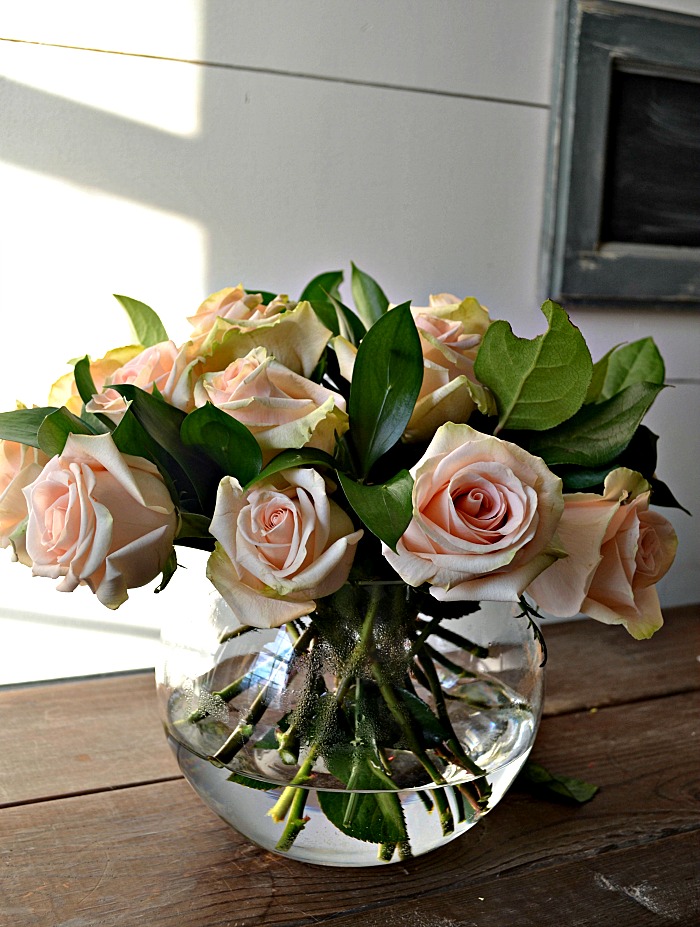
Assessing the Situation: Understanding the Cause of Wilting
Before attempting to revive wilted flowers, it’s important to understand the underlying cause of their condition. Wilting can occur due to factors such as dehydration, bacterial growth, or air bubbles blocking the stems’ ability to absorb water. By assessing the situation and identifying the root cause of wilting, you can tailor your approach to effectively revive the flowers and prolong their lifespan.
Trimming the Stems: Promoting Hydration and Nutrient Absorption
One of the first steps in reviving wilted flowers is to trim the stems to encourage hydration and nutrient absorption. Use sharp scissors or pruning shears to cut the stems at a 45-degree angle, removing any dry or damaged sections. This allows the flowers to take up water more efficiently and prevents further dehydration, revitalizing them and restoring their natural beauty.
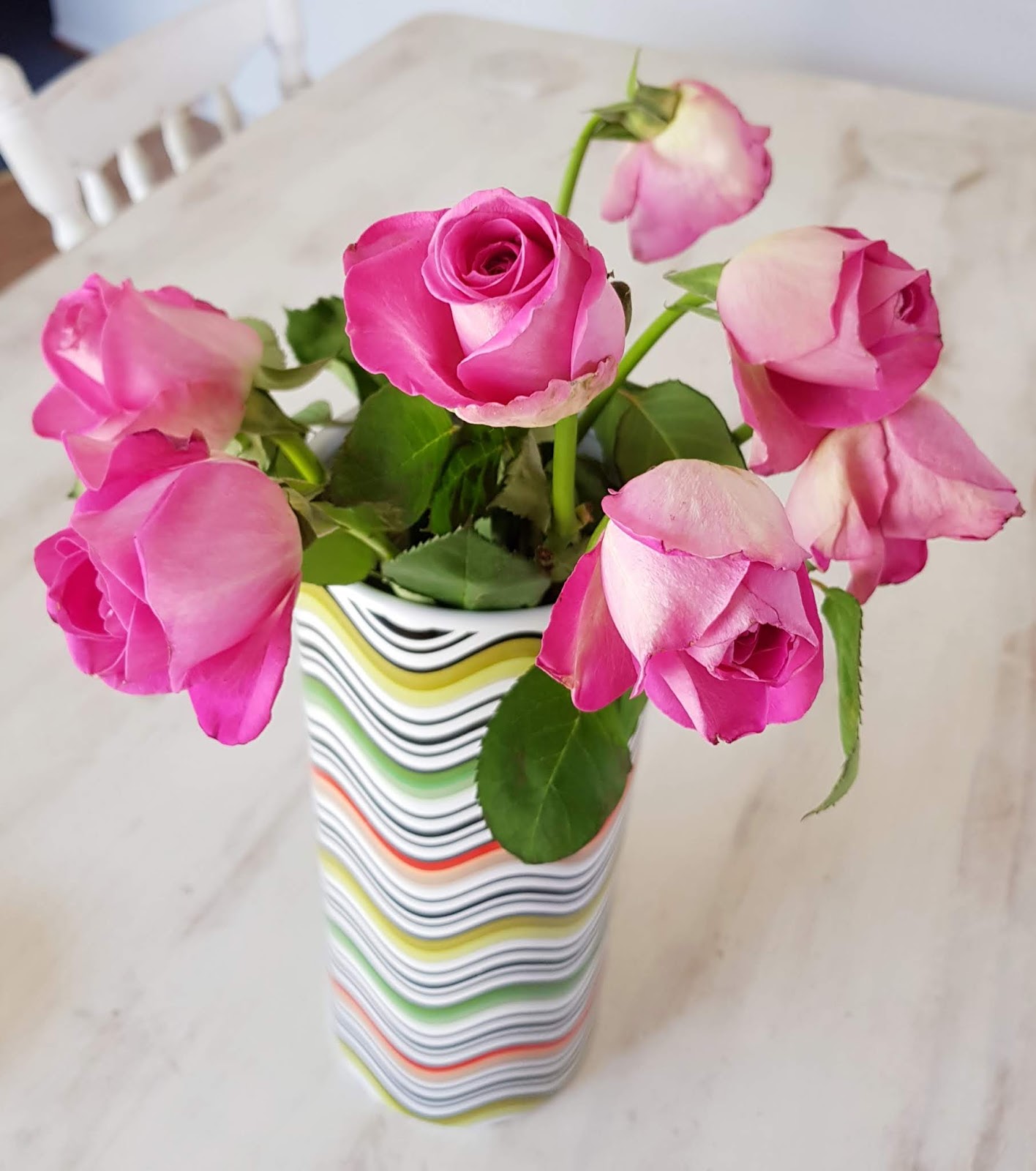
Changing the Water: Eliminating Bacterial Growth
Stagnant water in a vase can promote bacterial growth, leading to wilting and decay in flowers. To revive wilted blooms, it’s essential to change the water in the vase regularly. Remove the flowers from the vase, discard the old water, and rinse the vase thoroughly with warm soapy water to remove any bacteria or debris. Refill the vase with fresh, clean water, ensuring that it’s at room temperature to prevent shock to the flowers.
Adding Flower Food: Nourishing and Revitalizing
Flower food packets contain essential nutrients and additives that help nourish and revitalize wilted flowers, extending their lifespan. Dissolve a packet of flower food in the vase water according to the manufacturer’s instructions, providing the flowers with the nutrients they need to thrive. Alternatively, you can create a homemade flower food solution using ingredients such as sugar, lemon juice, and bleach to promote hydration and inhibit bacterial growth.
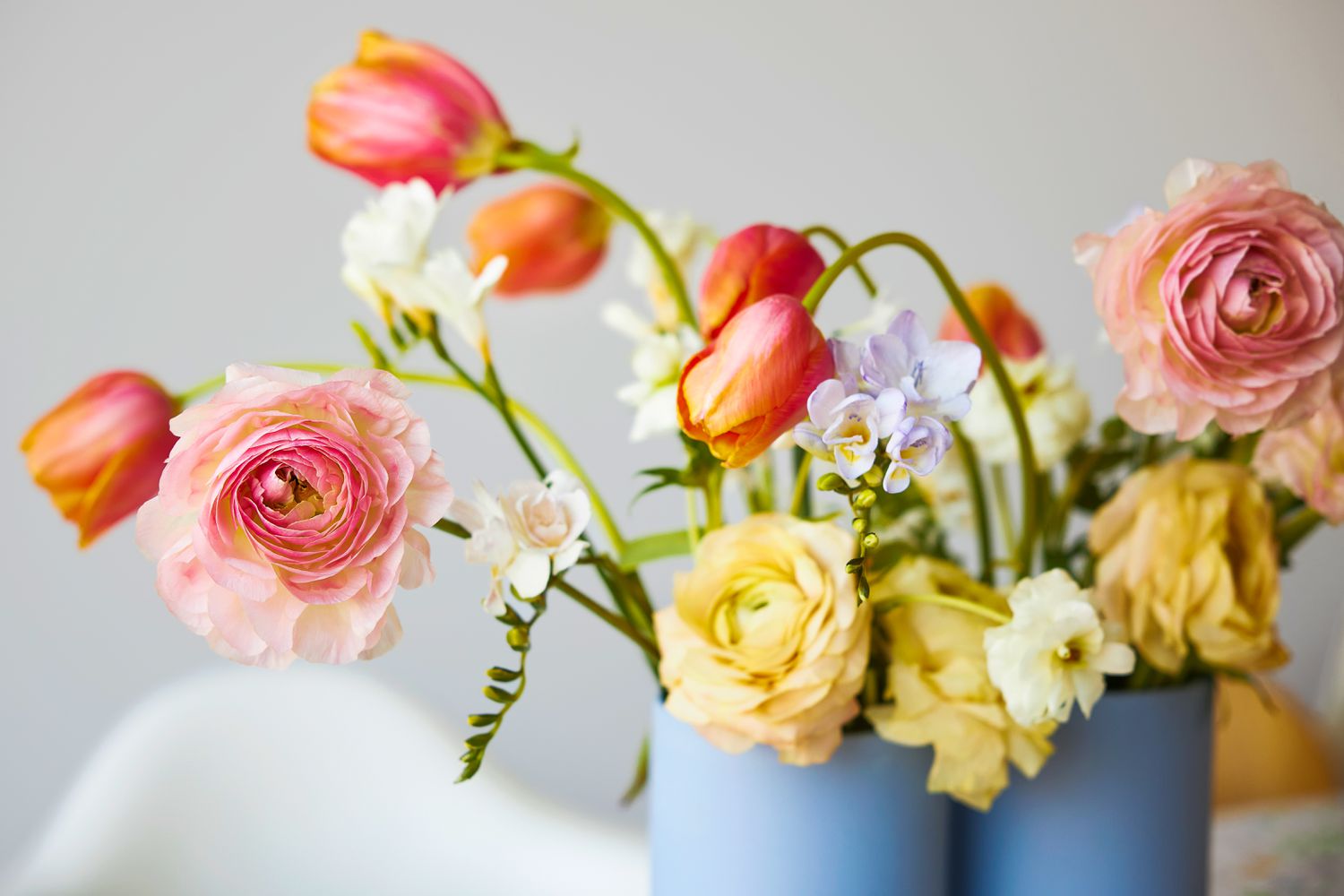
Hydration Therapy: Submerging Wilting Flowers
For severely wilted flowers, hydration therapy can work wonders in reviving them and restoring their vitality. Fill a sink or basin with room temperature water and submerge the entire bouquet, allowing the flowers to absorb water through their stems and petals. Leave the flowers submerged for several hours or overnight, monitoring their progress and removing them once they’ve regained their firmness and color.
Pruning and Grooming: Removing Damaged Parts
To improve the appearance of wilted flowers and encourage new growth, it’s important to prune and groom them regularly. Remove any wilted or discolored petals, leaves, or stems using sharp scissors or pruning shears, focusing on areas that show signs of decay or damage. Gently groom the remaining foliage to remove debris and ensure a neat and tidy appearance, enhancing the overall beauty of the bouquet.
Providing Proper Care: Maintaining Ideal Conditions
After reviving wilted flowers, it’s crucial to provide them with proper care and maintenance to prolong their freshness and vitality. Keep the vase filled with clean water and replenish it regularly to prevent dehydration. Place the flowers in a cool, well-ventilated area away from direct sunlight, heat sources, and drafts. Additionally, avoid placing the flowers near ripening fruits, as ethylene gas emitted by fruits can accelerate wilting and decay in flowers.
Creative Solutions: Enhancing Flower Arrangements
In addition to basic care techniques, there are creative solutions you can implement to enhance the appearance and longevity of your flower arrangements. These innovative strategies can breathe new life into wilted flowers, transforming them into stunning centerpieces or decorative accents for your home.
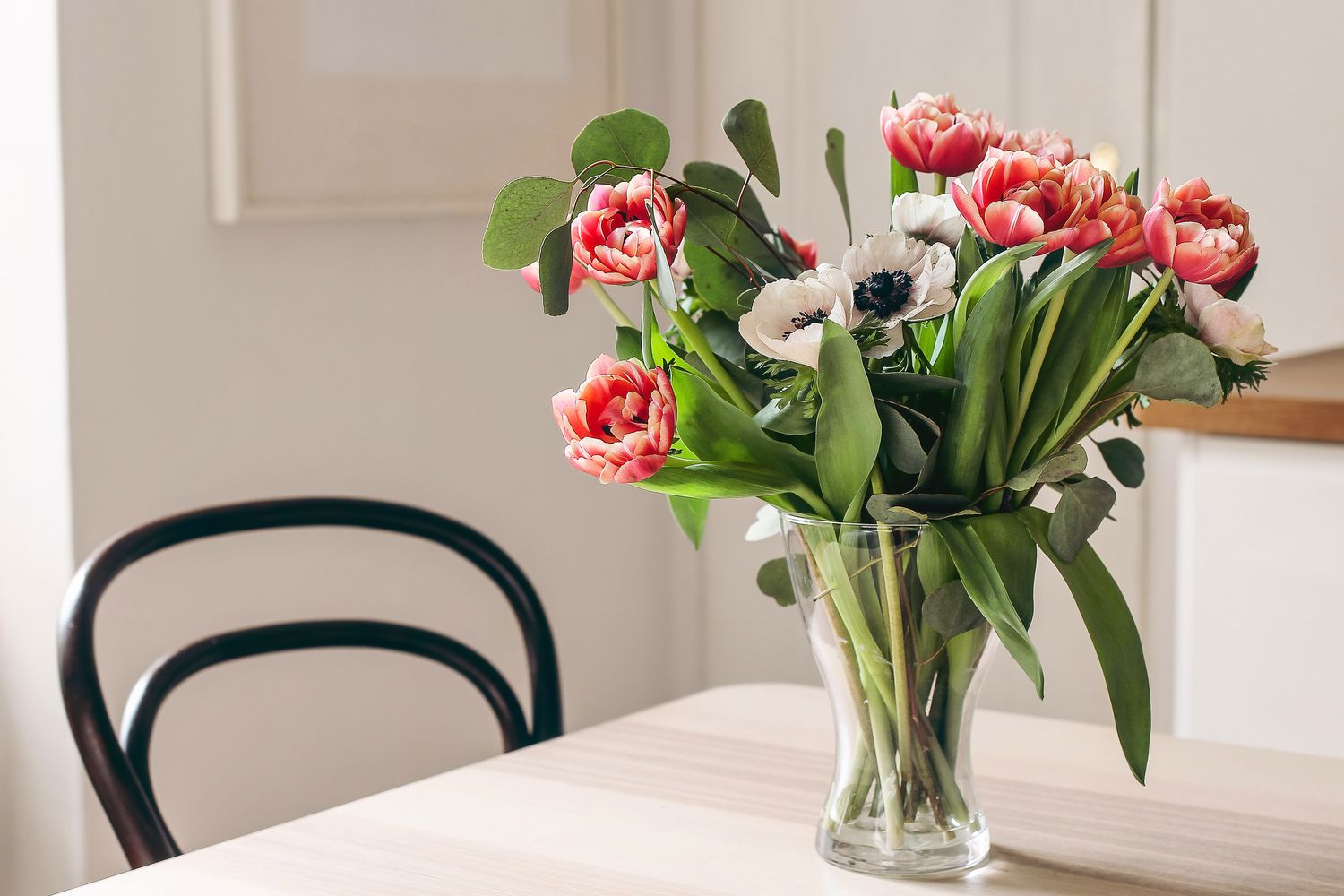
Rehydrating Techniques: Introducing Moisture-Retaining Elements
To combat dehydration and prolong the freshness of wilted flowers, consider incorporating moisture-retaining elements into your flower arrangements. Add a layer of floral foam or water-absorbing crystals to the bottom of the vase before arranging the flowers, providing a steady supply of moisture to the stems. Alternatively, place a damp sponge or paper towel at the base of the vase to help hydrate the flowers and maintain their vitality.
Rejuvenating Misting: Refreshing Wilted Petals
Wilted flowers often benefit from a gentle misting to revive their drooping petals and leaves. Fill a spray bottle with clean water and mist the flowers lightly, focusing on areas that appear dry or wilted. Avoid spraying the flowers excessively, as this can lead to overhydration and cause further damage. Instead, aim for a fine mist that provides a refreshing boost of moisture without saturating the blooms.
Creative Display Options: Reinventing Wilted Blooms
Transform wilted flowers into unique and artistic displays by thinking outside the vase. Consider drying the flowers using techniques such as air-drying, pressing, or silica gel drying to preserve their beauty and extend their lifespan. Once dried, incorporate the flowers into creative projects such as wreaths, floral arrangements, or framed artwork, adding a touch of natural beauty to your home décor.
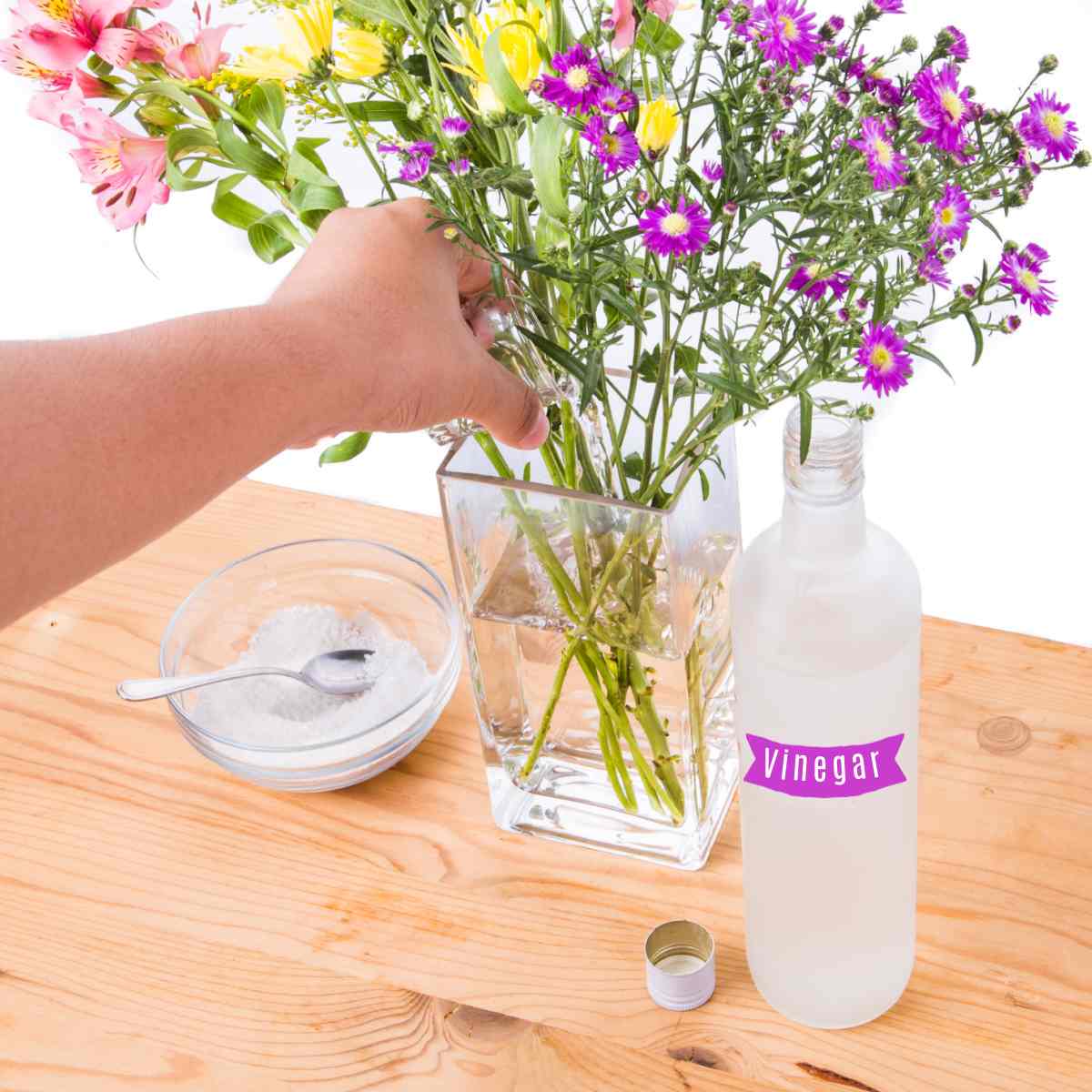
Revitalizing Floral Soaks: Immersing Wilted Flowers in Water
For particularly stubborn wilted flowers, a revitalizing floral soak can work wonders in restoring their freshness and vitality. Fill a sink or basin with lukewarm water and immerse the entire bouquet, allowing the flowers to soak for several hours or overnight. The water will penetrate the stems and petals, hydrating the flowers from within and rejuvenating their appearance. Once soaked, carefully remove the flowers from the water and pat them dry with a clean towel before returning them to the vase.
Scented Enhancements: Infusing Fragrance into Wilted Blooms
Enhance the sensory experience of your flower arrangements by infusing them with subtle fragrances. Add a few drops of essential oils or floral-scented water to the vase water, imparting a delicate aroma to the wilted flowers. Choose scents that complement the natural fragrance of the blooms, such as lavender, rose, or jasmine, to create a harmonious olfactory experience that enhances the beauty of your floral display.
Conclusion: Reviving and Enjoying Wilted Flowers
With a little care and attention, wilted flowers can be revived and enjoyed for days or even weeks longer. By assessing the situation, trimming the stems, changing the water, adding flower food, and providing proper care, you can breathe new life into wilted blooms, restoring their beauty and fragrance. Whether you’re salvaging a wilted bouquet or prolonging the lifespan of freshly cut flowers, these tips will help you revive and enjoy the natural splendor of flowers in a vase.








